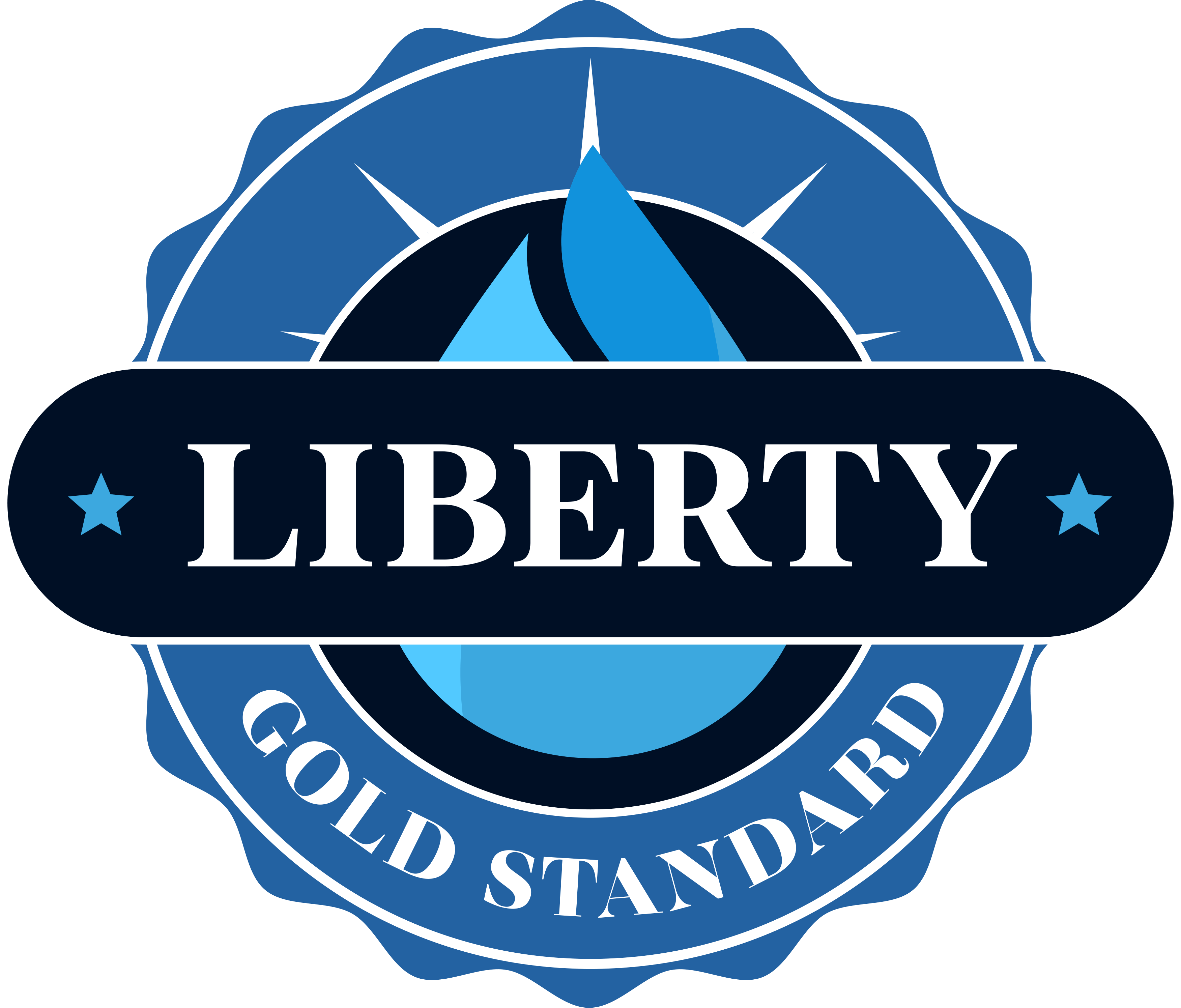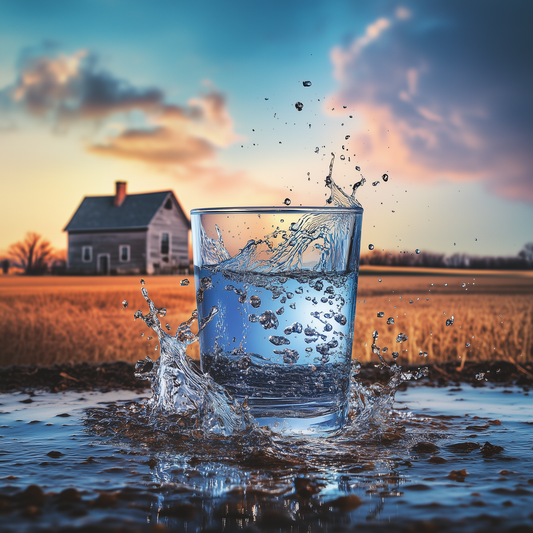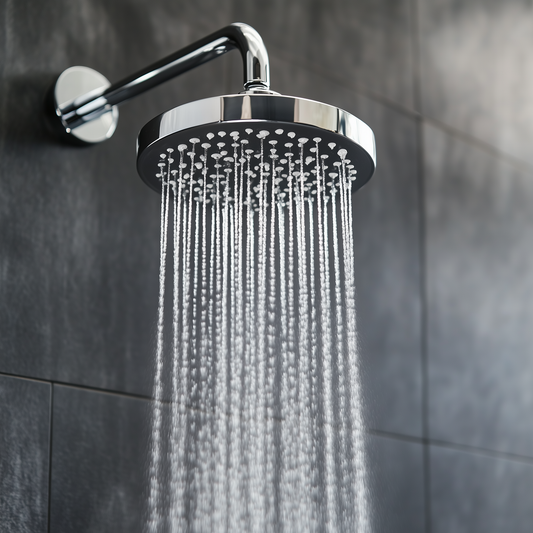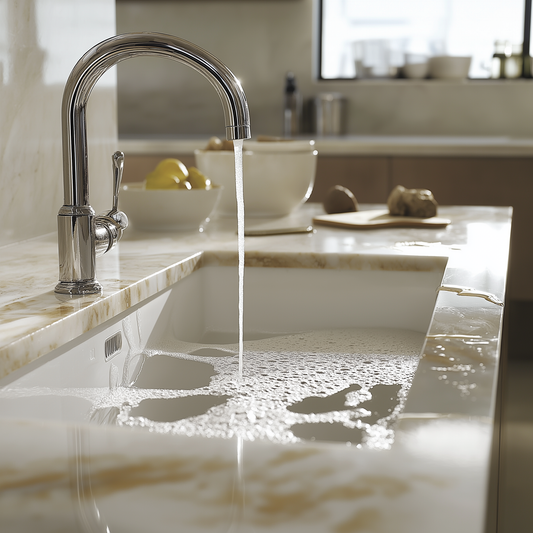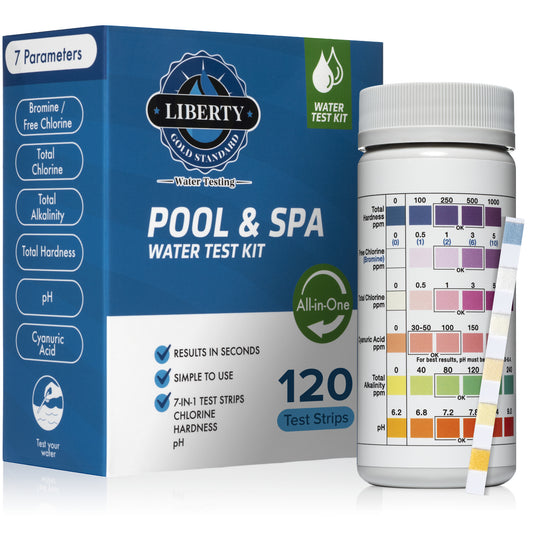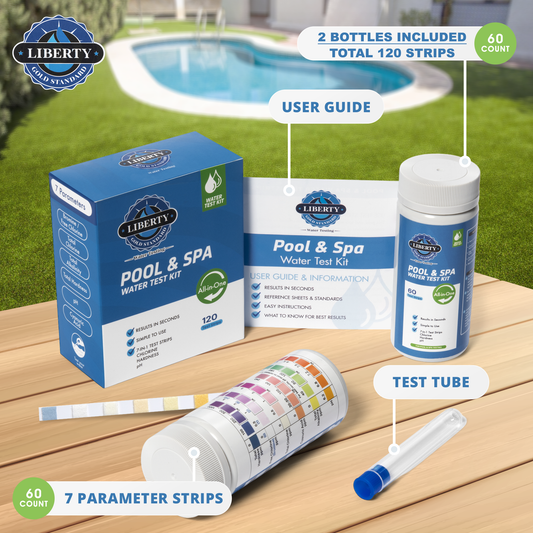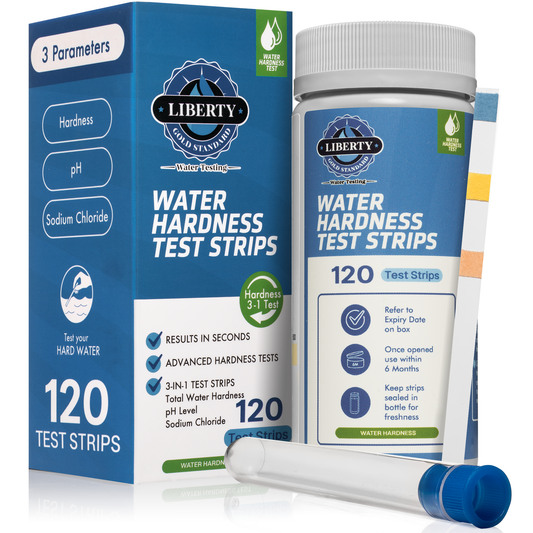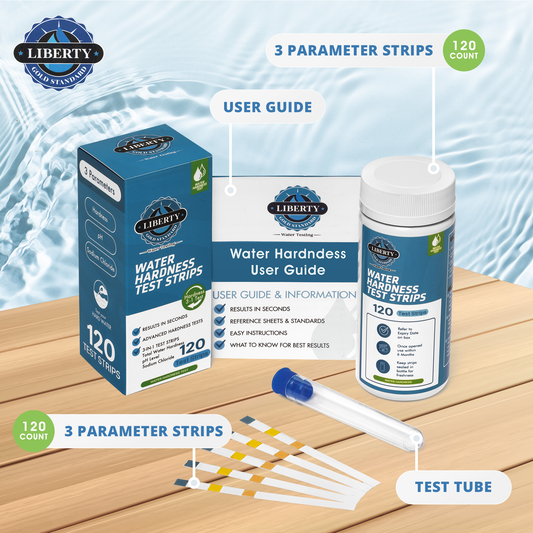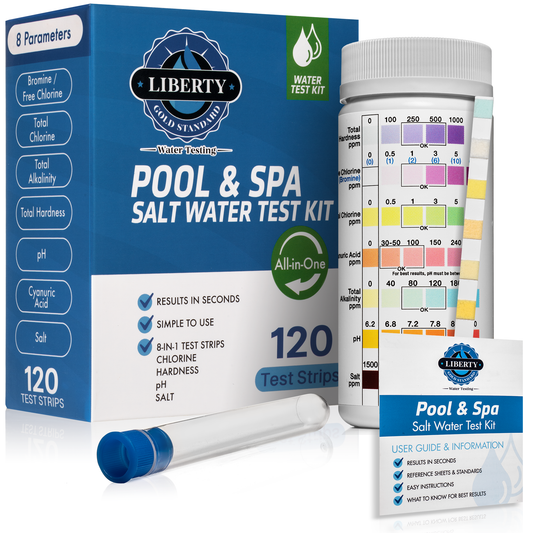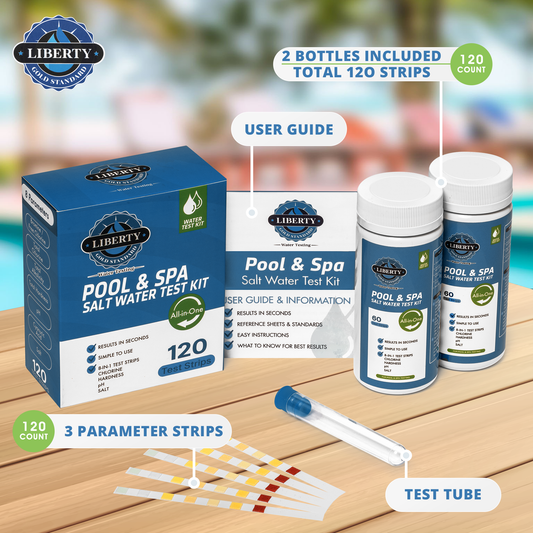Water is the lifeblood of our planet, but not all water is created equal. Whether you're filling your glass at home, dipping your toes in a lake, or casting a line in a river, understanding the water quality is crucial. Here's a breakdown of the key differences between testing natural water sources (rivers, ponds, lakes) and your tap water, along with the best test strip parameters to ensure accurate results.
Natural Waters: A Cocktail of Elements
Unlike treated tap water, natural water sources like rivers, ponds, and lakes are exposed to various elements. These can include:
- Natural minerals: Runoff from rocks and soil can introduce minerals like calcium, magnesium, and iron.
- Organic matter: Decaying plants and animals contribute organic matter, which can impact taste and odor and potentially harbor bacteria.
- Pollution: Unfortunately, agricultural runoff, industrial waste, or even recreational activities can contaminate natural waters.
Testing Priorities for Natural Waters:
When testing natural water sources, prioritize these parameters for a clearer picture:
- pH: This measures acidity or alkalinity. Ideal levels for aquatic life fall between 6.5 and 8.5.
- Chlorine: While not naturally present, some regions may use chlorine to treat recreational water. High levels can irritate skin and eyes.
- Nitrates/Nitrites: These nitrogen compounds can indicate agricultural runoff and potential algae blooms.
- Total Dissolved Solids (TDS): This measures the overall amount of dissolved minerals, impacting taste and potentially equipment corrosion.
- Bacteria: Testing for bacteria like E. coli can reveal potential health risks associated with fecal contamination.
Tap Water: Treated for Safety
Municipal tap water undergoes rigorous treatment processes to ensure safety. Here's what you might encounter:
- Disinfectants: Chlorine or chloramines are used to kill bacteria and viruses.
- Minerals: Similar to natural waters, some minerals may be present depending on the source and treatment methods.
- Fluoride: Often added to promote dental health.
- Metals: Trace amounts of metals like lead or copper may leach from pipes.
Testing Priorities for Tap Water:
While tap water is generally safe, testing can provide peace of mind. Consider these parameters:
- Chlorine: While effective for disinfection, high levels can affect taste and irritate skin.
- Hardness: Indicates mineral content, impacting water's "feel" and cleaning effectiveness.
- Lead: Especially important in older homes, testing for lead can reveal potential health risks.
- Fluoride: While beneficial for teeth, testing can help ensure appropriate levels.
- pH: Though generally within safe limits, testing can confirm if your water is slightly acidic or alkaline.
Choosing the Right Test Strips
Water test strips are a convenient way to assess water quality at home. However, choosing the right ones depends on your water source:
- Natural Waters: Look for multi-parameter strips that include pH, chlorine, nitrates, nitrites, TDS, and bacteria tests.
- Tap Water: Strips for chlorine, hardness, lead, fluoride, and pH are suitable for monitoring tap water quality.
Remember: Test strip results are a starting point. If you suspect contamination or have concerns, consult a water quality professional for further analysis.
By understanding the unique characteristics of different water sources and choosing the appropriate test strip parameters, you can gain valuable insights into the water you use for drinking, recreation, or simply enjoying the great outdoors!
